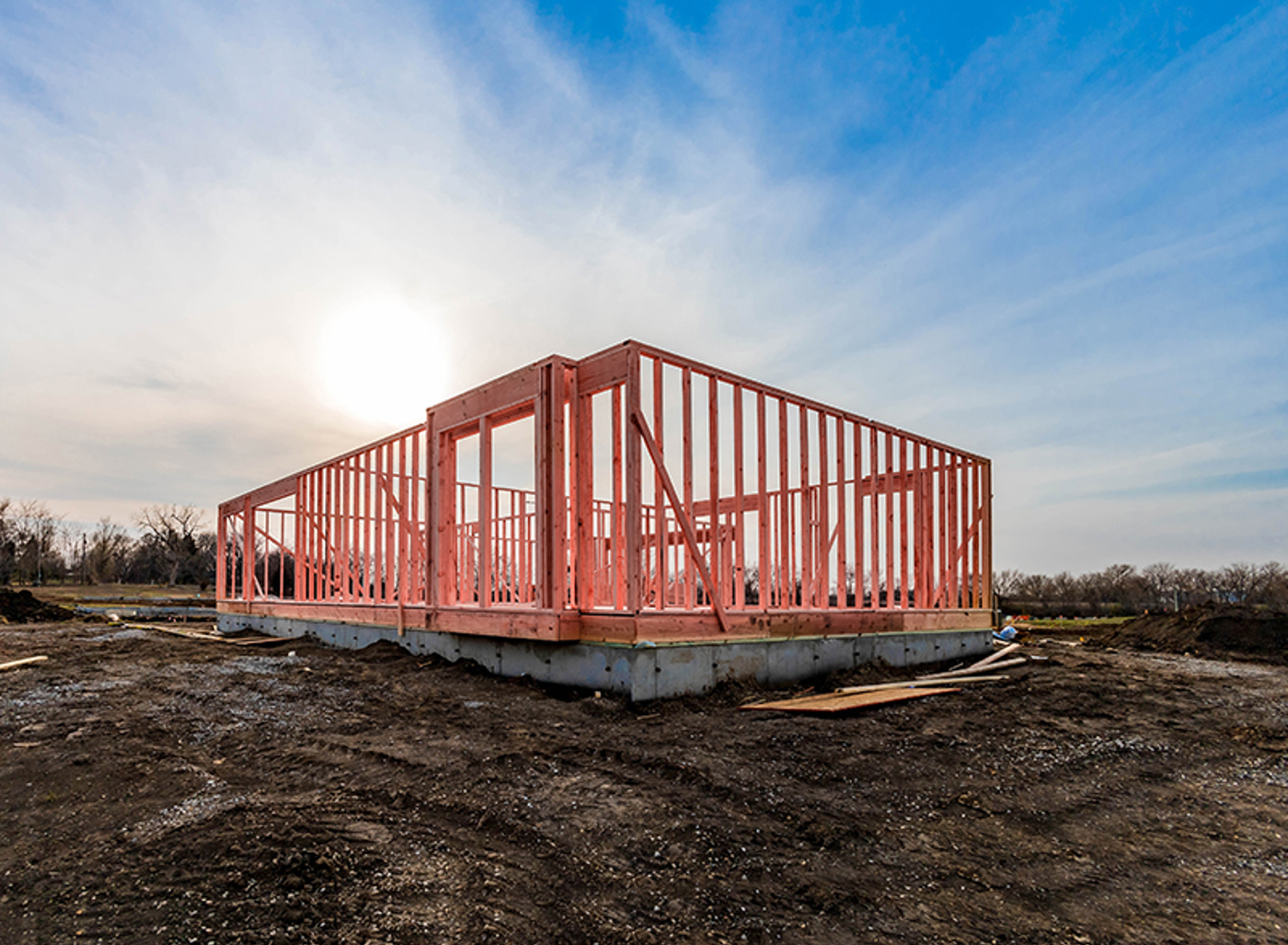Sorting sustainable building practices and mindsets – some of the latest thinking from the Kiwi construction sector on how we get our house in order.
![]()

WHAT YOU NEED TO KNOW:
- Free online toolbox launched this year to reduce building material waste
- Carbon footprint calculating national database in pipeline
- ‘Pivotal moment’ reached in the future of fossil fuel-free buildings
- Warm Kiwi Homes insulation subsidy expanded to 300,00 more homes
Building sustainably is about using practices and systems that lessen impact on the environment, lower running costs and make homes healthy, accessible and comfortable. It includes energy efficiency, the move to a net zero-carbon economy and building resilience against hazards such as earthquakes, storms and flooding.
In its 2025 annual review, released this winter, The Building Research Association of New Zealand (BRANZ) stresses, “Sustainability is a priority for the sector.” This year, the organisation is prioritising this accordingly: Collaborating to reduce waste, supporting smarter carbon decisions, and building sustainability skills across the sector. It’s launching new initiatives to support this.
Claire Falck BRANZ CEO says, “Improving quality also means building for the future. This year’s extreme flooding showed how vulnerable many homes and communities are. Our new initiative, Climate Resilience – Building Back Better, is designed to help communities recover quickly and rebuild stronger after severe weather events.
“And with climate change driving more of these events, the sector has a role to play in reducing emissions. This year, we’ll launch an open-source home design that uses 45–55% less carbon than a typical build. It’s fully costed, designed for Kiwi lifestyles, and shows how we can deliver homes that are affordable, resilient, and sustainable – without costing the Earth.”
Practical tools
BRANZ is working with the Ministry for the Environment Manatū Mō Te Taiao to minimise waste, recycle materials and build more sustainably in the construction sector. This year it launched a free online toolbox as part of its Resource Efficiency in the Building and Related Industries (REBRI - reduce building material waste) programme.
This online toolbox features 30 ‘tools’ to aid sustainability in construction, including a BRANZ Resource Recovery Map – an interactive search tool showing more than 500 building waste recycling centres around the country. It has guides for resource recovery and waste reduction through every stage of a project – from planning to construction.
Its ‘sorting made simple’ guide features downloadable signage including signs in te reo Māori, Tongan, Samoan, Tagalog and traditional and simplified Chinese – for construction workers with English as a second language.
Collective carbon reduction
In the pipeline, a wide-reaching online database aims to help ‘design out carbon emissions in buildings in Aotearoa New Zealand’. Buildings contribute up to 20% of the national carbon footprint, according to BRANZ. Its database will enable users to check designs through a carbon footprint calculator, making it significantly easier for designers to identify ways in which they may be able to use less carbon in projects. And BRANZ scientists suggest this tool alone could potentially ‘halve the carbon footprint of a building’.
It says the resource will be free to use by the construction sector and the general public. When fully developed, the database will include data for an extensive range of construction products and materials that will support decarbonisation across the whole construction life cycle, it says.
BRANZ Building Environmental Scientist Jarred Butler is leading the development of this carbon database.
He says, “This database, when used with the range of analytics tools available, will make it easy to design out carbon emissions.” It will replace BRANZ’s CO2NSTRUCT tool and is endorsed by MBIE.
Fossil fuel-free buildings
At this winter’s Green Property Summit, the concept of fossil fuel-free buildings took centre stage. It marked the launch of a landmark report showing the essential role buildings must play in solving our energy crisis.
“We’re at a pivotal moment,” says New Zealand Green Building Council Chief Executive Andrew Eagles in his late-August CEO Update. “Businesses are going under due to the high cost or lack of availability of gas. The phase-out of fossil fuels - already critical to our net zero goals, is accelerating due to the dire state of New Zealand’s gas reserves.
“With businesses closing, jobs lost, and production stalling under high energy prices, how we respond now will shape our economy and society for decades.
“Decarbonising our buildings frees up energy for industry, supports a just transition, and opens up huge opportunities for our sector. It’s something we should be genuinely excited about.”
Eagles shared news on the government’s Warmer Kiwi Homes programme expanding its insulation subsidy to reach another 300,000 homes. “While more ambition and funding are needed, it’s a positive step toward ensuring more Kiwis live in warm, dry, healthy homes,” he said.
For more information, see:
Part 1 - Wasting away? How construction is curbing its landfill load.
